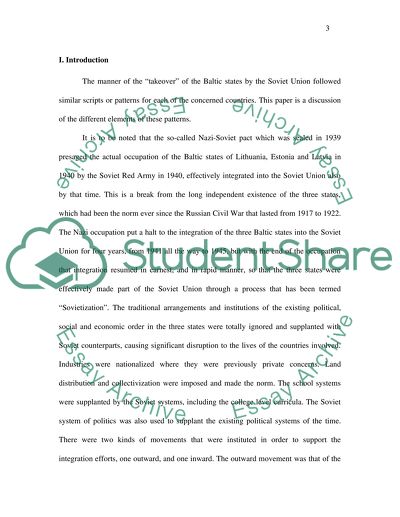Cite this document
(“The Soviet takeover of the Baltic states Research Paper”, n.d.)
Retrieved from https://studentshare.org/history/1462634-the-soviet-takeover-of-the-baltic-states
Retrieved from https://studentshare.org/history/1462634-the-soviet-takeover-of-the-baltic-states
(The Soviet Takeover of the Baltic States Research Paper)
https://studentshare.org/history/1462634-the-soviet-takeover-of-the-baltic-states.
https://studentshare.org/history/1462634-the-soviet-takeover-of-the-baltic-states.
“The Soviet Takeover of the Baltic States Research Paper”, n.d. https://studentshare.org/history/1462634-the-soviet-takeover-of-the-baltic-states.


